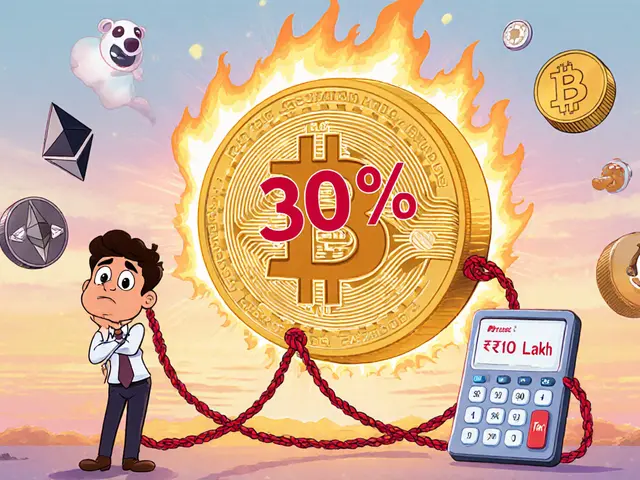Baryon Network is a nearly inactive DEX with only one trading pair and zero liquidity. Despite its clean interface, it lacks users, reviews, updates, and transparency. Skip this project and stick with proven platforms like PancakeSwap or Uniswap.
DEX Explained: What Decentralized Exchanges Are and Why They Matter in Crypto
When you trade crypto without a middleman like Coinbase or Binance, you’re using a DEX, a decentralized exchange that lets users swap tokens directly from their wallets using smart contracts. Also known as decentralized trading platform, it removes the need to trust a company with your funds—your keys, your crypto, no exceptions. This isn’t just a trend. It’s the backbone of DeFi. Every time someone swaps ETH for WMX on Wombex Finance or trades ELMON on a Sui-based order book like DeepBook Protocol, they’re using a DEX. No sign-up. No KYC. No freeze on withdrawals. Just code doing what it’s told.
But DEXs aren’t all the same. Some use automated market makers (AMMs) like Uniswap, where liquidity pools set prices. Others, like DeepBook Protocol, use on-chain order books that mirror traditional exchanges but run on blockchain. Then there are DEXs tied to specific chains—Sui, BSC, or Ethereum—and they need different wallets and tokens to work. If you’re chasing an airdrop like VDR or FOC, you’ll often need to swap tokens on a DEX first. And if you’re yield farming, you’re probably depositing into a DEX liquidity pool. That’s why understanding how DEXs work isn’t optional—it’s how you avoid getting ripped off.
They’re not perfect. Slippage can eat your profits. Fake tokens show up all the time. And if you send ETH to the wrong contract? Gone forever. That’s why knowing the difference between a real DEX and a scam site matters. Look at the contract address. Check if liquidity is locked. See if the team is doxxed. The posts below cover exactly this: how to spot rug pulls on DEXs, why trading pairs shape arbitrage, how fees work on Sui-based DEXs, and why some tokens like DAISY or PEP vanished after their airdrops. You’ll also find real examples of DEX-linked airdrops—WINGS, VDR, FOC—and how to prepare for them without losing your money.
At its core, a DEX is about control. It’s not about speed or low fees—it’s about who owns your assets. And if you’re serious about crypto, you need to know how to use one safely. The guides here don’t just explain DEXs. They show you how to trade on them, avoid traps, and find real opportunities—without the hype.





